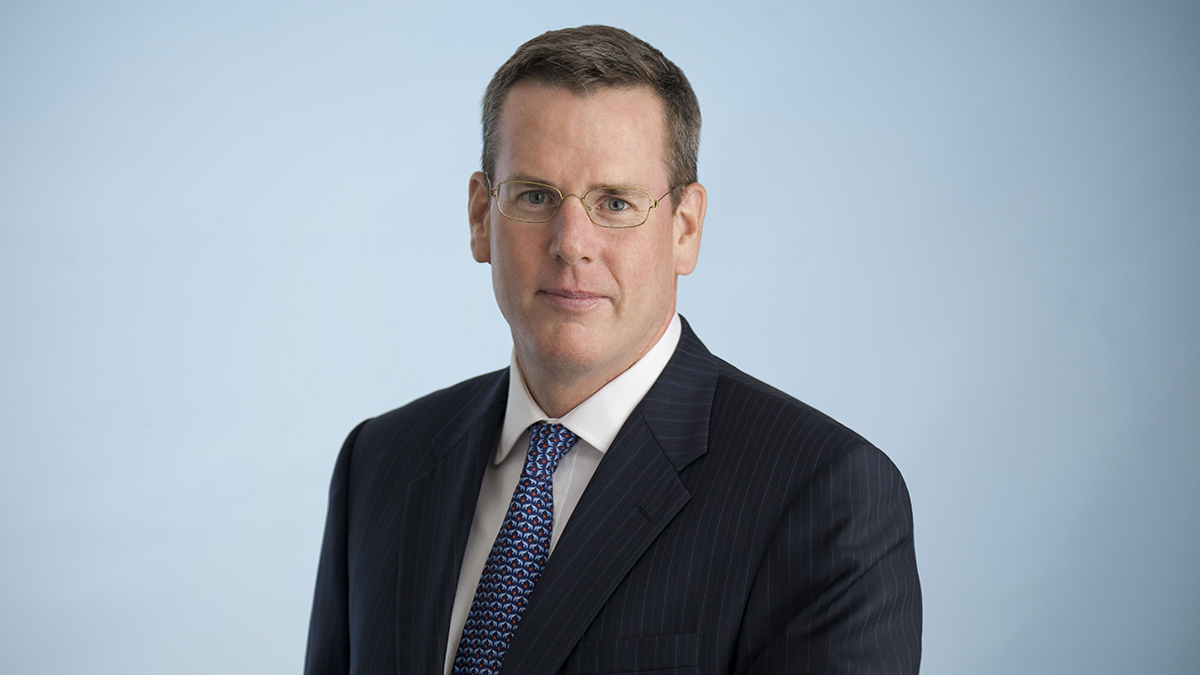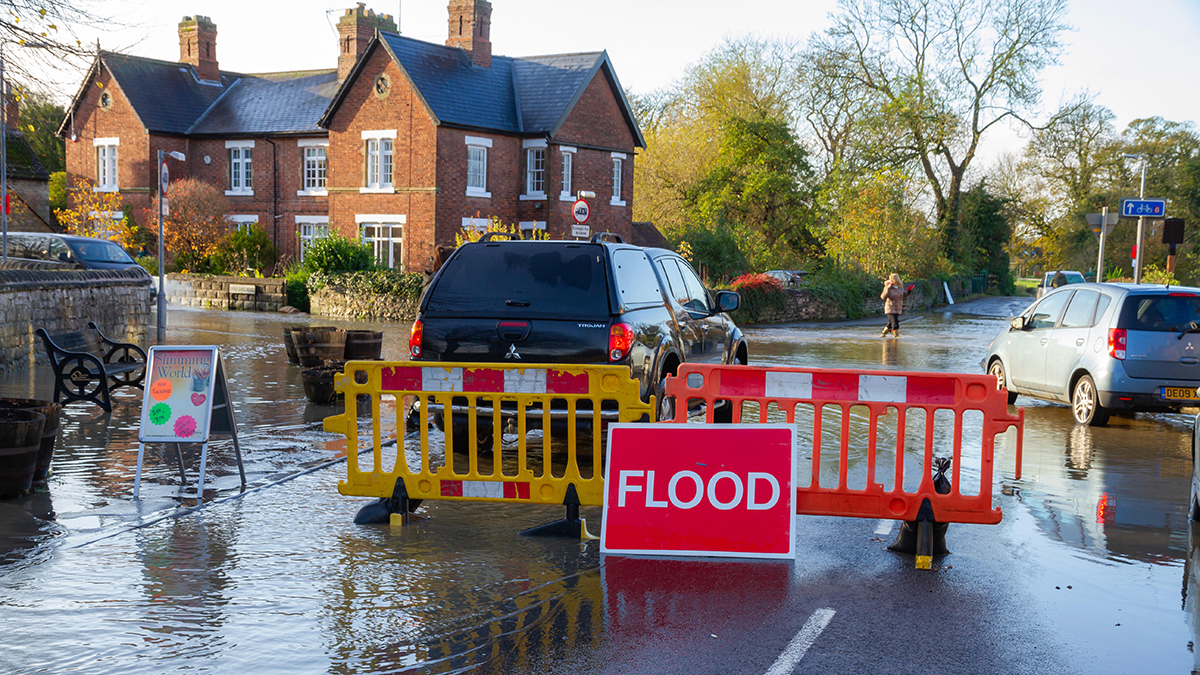Viewpoint: Are catastrophe models broken?
Systemic issues in model use have created, or at least sustained, biases in the 'market-accepted view of risk'
While catastrophe models have brought discipline in terms of process and a unified view of risk, there is a serious caveat. The unified view they have created tends to an over-optimistic one that underestimates the ‘true best estimate’ after a few loss-free years
In the current reinsurance market, there is a once-in-a-generation level of aversion to catastrophe risk, with huge price increases and a reduction in available capacity.
Arguably, this is the first time we have seen such a level of catastrophe risk aversion since Hurricane Andrew in 1992, the same event that ushered in widespread adoption of catastrophe models.
Since then, models have enabled us to examine potential loss scenarios far more scientifically than ever before, create tools that explore portfolio-wide scenarios and produce more robust quantifications of potential downside losses across the industry.
But systemic issues in model use have also created (or at least sustained) biases in the “market-accepted view of risk” relative to what an unbiased and independent group of modellers and underwriters might conclude was the “true best estimate view of risk”.
Biased incentives
Catastrophe events are rare external shocks that directly drive the boom and bust of reinsurance cycles. These phases of high profits and shock losses drive opposite directions of model interpretation depending on whether optimism or fear is the prevailing market mood.
In the low loss years between 2011 and 2017, there were significant one-way pressures on almost all market participants to understate risk and the “fear of missing out” on potential returns or being out-performed by one’s peers was the prevailing mood.
However, following a few years marked by back-to-back natural catastrophes, starting in 2017, this was flipped; fear of further losses ruled and risk was overestimated.
In short, the nature of natural catastrophes as unexpected and erratic means catastrophe models follow a pattern that either over- or underestimates risk depending on whether there have been recent natural catastrophe losses or not.
Splitting six types of market participants into two categories allows us to examine the mechanics of this dynamic in more detail.
Within the insurance and reinsurance industry, it is simple economic reality that creates a bias towards underestimating risk; most years are loss-free, so five out of the six market players benefit from lower estimates of risk most of the time.
Market participants are incentivised to take the lowest view of risk they can justify and the overall system gives irregular and random feedback regarding how well the risks have been assessed
Buyers of insurance, for example, want to pay as little as possible for the product as insurance is something they see as a fixed cost they need to minimise.
Although brokers are often remunerated according to a percentage of the premium spent, they do not try to maximise the premiums. Quite the opposite, in fact: because they frequently win or lose an account according to how much a transaction costs, they are always directly aligned with the needs of the insurance and reinsurance buyers.
Reinsurance companies generally build extensive global portfolios of catastrophe risk, which means they should have a strong interest in properly quantifying their exposure. But commercial pressures push them towards a more optimistic view of risk and help sustain this view. Reinsurance buyers favour reinsurers that offer them good pricing while investors favour portfolios that look profitable so there is no incentive to use the most conservative models.
This trend is then sustained by the fact there is a significant profit to be made in the four out of five loss-free years and in the years when there are natural catastrophes, you can blame the models when it goes wrong. Everyone faces the same “black swan”, and it is an industry problem where the models “failed”, not the problem of an individual company.
Too optimistic
Capital markets, rating agencies and regulators initially appear to have no incentive to underestimate risk, but the biases created by the overall marketplace are so fundamental that the balance remains too optimistic.
For example, new capital is attracted to the best-offered returns and the most persuasive arguments by companies seeking investors. Both of those tend to be presented by market participants that take an optimistic view of risk.
Rating agencies and regulators are the ones with the least direct incentive to underestimate risk. However, for rating agencies there is an issue with remuneration that means they are not rewarded for taking the most conservative view of risk. If it is too hard to get the required rating from Company A, then Company B with a less conservative approach will become the market standard.
In contrast, regulators are driven by the political landscape within which they operate and their position is determined as a trade-off between competing constituencies and objectives. Often this allows regulators to take a measured approach and scientifically examine serious tail scenarios for the industry.
Ironically, however, in catastrophe-exposed regions, the burden of high insurance premiums means regulators that support an apparently too conservative view of risk can potentially alienate the public.
It is no wonder, then, that we had and still have models that understate risk.
Have models brought disorder to the market? The straight answer is a clear no, they have brought discipline, in terms of process and a unified view of risk.
But there is a serious caveat, the unified view they have created tends to an over-optimistic one that underestimates the “true best estimate” after a few loss-free years. Market participants are incentivised to take the lowest view of risk they can justify and the overall system gives irregular and random feedback regarding how well the risks have been assessed.
Once the losses hit the market again it becomes clear the modelled views were too optimistic and we over-correct in the opposite direction with most market players looking for all the reasons why the models are too optimistic.
Rick Thomas is managing director at Acrisure Re



